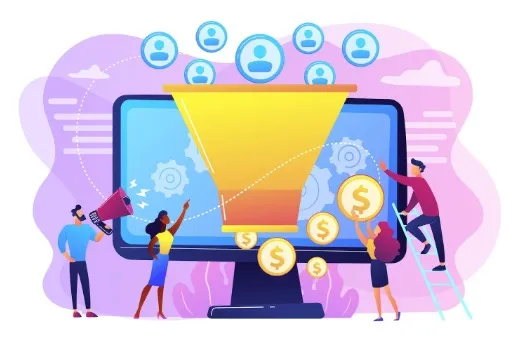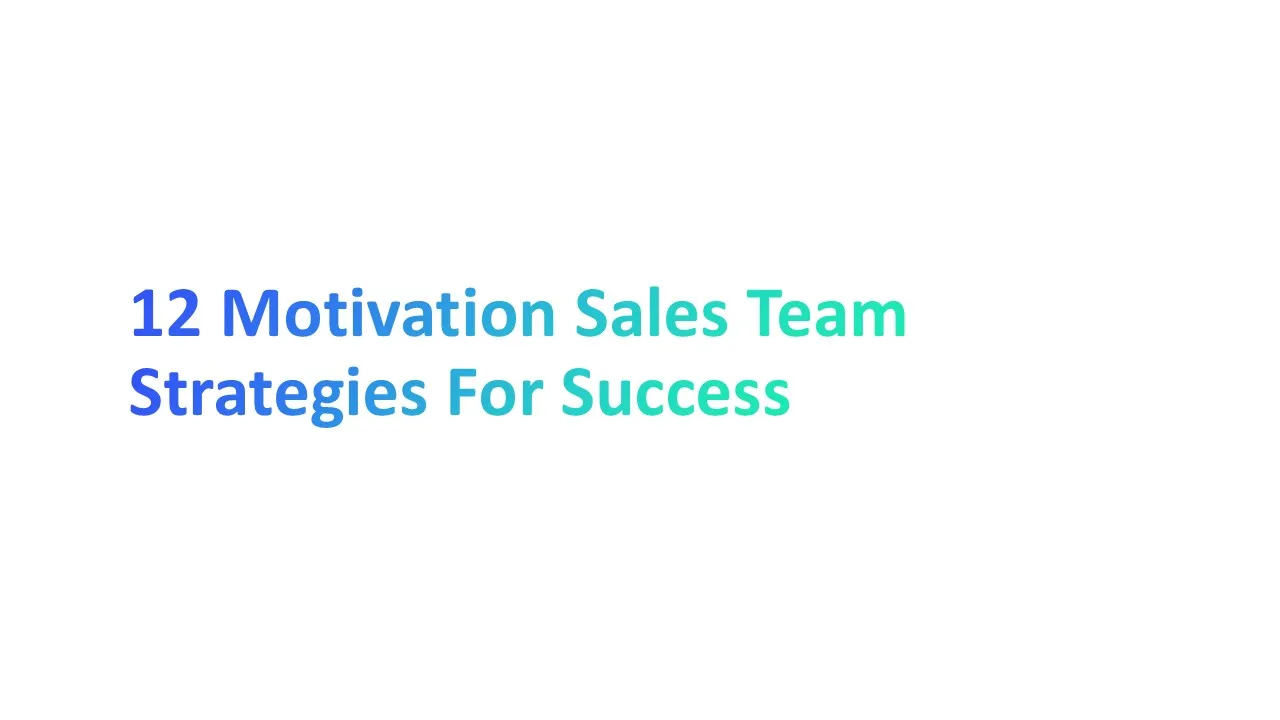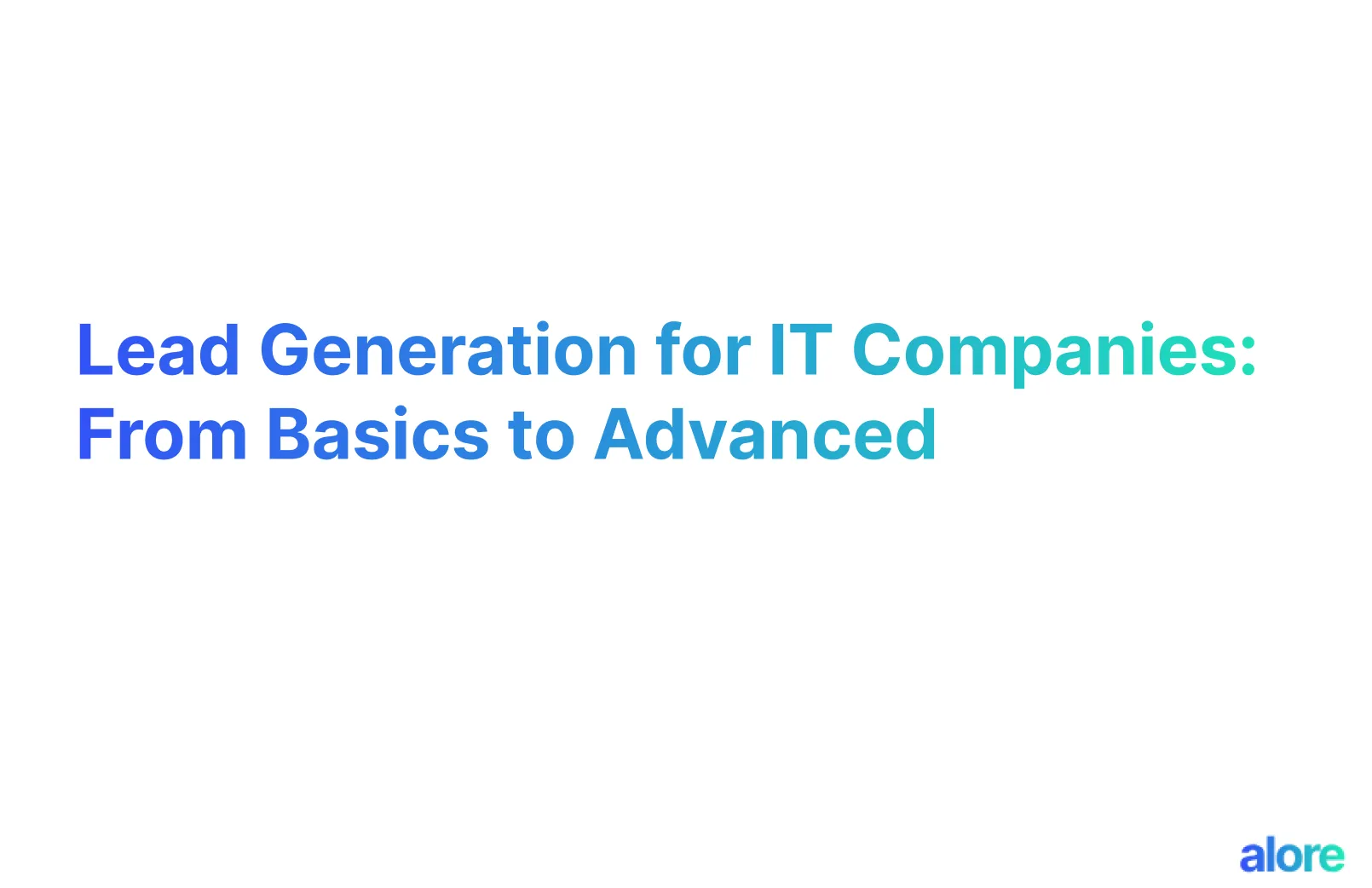Sales funnels move fast. Prospects expect quick replies, tailored outreach, and smooth handoffs between teams. Manual processes slow everything down. Leads get ignored. Follow-ups fall through. Reps waste hours updating CRMs instead of closing deals.
Robotic process automation can fix this. It handles repetitive tasks and connects fragmented tools behind the scenes. Lead lists stay fresh. Data flows between platforms without effort. Teams respond faster, work smarter, and keep the pipeline moving without getting buried in busywork.
Smart Prospecting with Automated Data Enrichment
Prospecting starts with data, but raw contact lists rarely cut it. Sales teams need more than names and emails. They need context. Who’s the right decision-maker? What does the company do? Is there a recent funding round or a job change? Doing this manually takes hours and often leaves gaps.
These steps can be handled by RPA quickly. It pulls from public directories, scans social profiles, and adds missing firmographic or technographic details. This gives teams enriched lists that are ready for outreach without the usual prep work.
The benefits show up right away. Bounce rates drop. Reps spend less time qualifying and more time connecting. The pipeline fills with higher-quality leads from the start.
With accurate, enriched data in place, prospecting becomes more focused. And the rest of the funnel starts on solid ground.
Lead Scoring and Qualification at Scale
A big list doesn’t mean much if it’s full of poor-fit leads. Without clear lead qualification, sales reps waste time chasing dead ends. Manual scoring slows everything down and leaves room for error. In fast-moving funnels, guesswork becomes a liability.
RPA changes that by applying consistent rules across every incoming lead. It can check for job title, company size, industry, tech stack, or location. It can even pull in third-party data to validate signals before assigning a score. All of this happens in the background, with no rep involvement.
This kind of automation means better prioritization. Reps know who to call first. Sales managers can trust that lead scores are accurate and up to date. And marketing teams get feedback loops that help them refine their targeting.
When qualification is automated, teams move faster. Time isn’t spent judging fit. It’s spent on conversations that matter. And those conversations lead to deals.
Triggered, Timely Outreach Sequences
Timing matters in sales. Reach out too late, and the lead’s gone cold. Act too soon, and the message falls flat. Getting it right depends on more than instinct. It requires fast action based on clear signals, something manual systems rarely deliver.
RPA helps trigger outreach the moment a lead meets specific conditions. It can send a personalized email, notify a sales rep, or log an interaction in the CRM. These actions happen instantly, based on data pulled from multiple tools.
This keeps the momentum high. Leads who engage with a webinar, download a resource, or revisit the website can receive relevant outreach within minutes. That speed builds trust and increases the chance of a response.
With RPA in place, no one waits for a rep to notice a signal. Outreach is timely, targeted, and consistent. And leads feel like someone’s paying attention right when it matters most.
Automated Follow-Ups and Nurturing Workflows
Initial outreach is rarely enough. Most leads need time, reminders, and a few extra touches before they’re ready to talk. Without a system in place, follow-ups slip through. Sales reps forget. Opportunities fade into the background.
RPA keeps the process moving. It schedules follow-ups based on lead behavior. No reply after three days? A gentle reminder goes out. Opened an email but didn’t click? A tailored message follows. Each step happens automatically, without needing a manual push.
It’s more than just a reminder. RPA can send case studies, event invites, or product updates at the right time. Every message supports effective lead nurturing and matches where the lead is in the funnel.
The result is a steady rhythm of contact. Prospects stay engaged with less manual effort. And by the time they’re ready, trust has already been built.
Pipeline Updates and CRM Hygiene
A cluttered CRM slows everything down. Incomplete records, outdated stages, and missing notes make it hard to forecast or plan. Sales leaders lose visibility. Reps spend time fixing data instead of moving deals forward.
RPA helps keep everything current. It logs emails, updates opportunity stages, tags contacts, and records key interactions without human input. When a lead replies, their stage changes. When a meeting is booked, the system notes it. Every update happens in real time.
This improves accuracy across the board. Sales managers get clean reports. Reps don’t have to waste time updating fields. And operations teams can trust the data they’re working with.
A healthy pipeline depends on consistency. With RPA handling updates behind the scenes, the CRM reflects reality. Everyone sees the same picture, and decisions become faster, clearer, and more confident.
Cross-Functional Coordination in Complex Deals
B2B sales rarely follow a straight line. One deal might involve multiple decision-makers, departments, and touchpoints. Keeping everyone aligned takes time, especially when handoffs happen across roles. Without coordination, things fall through the cracks.
RPA helps teams stay in sync. It can assign tasks to sales development representatives, alert account executives when leads reach key milestones, or schedule follow-ups across departments. Each action is based on specific triggers, keeping the process tight and predictable.
For example, when a lead downloads a pricing guide, RPA can notify sales, schedule a demo, and send a tailored message to the prospect. Everything happens in sequence, without waiting for manual input.
This kind of orchestration makes a difference. It keeps complex deals moving and prevents delays caused by miscommunication or missed steps. When roles are coordinated and tools are connected, the path from interest to close becomes faster and smoother.
Wrapping Up

Every stage of the sales funnel benefits from greater speed, accuracy, and consistency. RPA delivers all three. It enriches prospect data, qualifies leads, triggers outreach, and keeps the pipeline updated without adding pressure to the team.
This isn’t a temporary fix. It’s a long-term shift in how modern sales teams operate. By automating repetitive work, RPA frees people to focus on what they do best: selling, building trust, and closing deals.
As sales cycles grow more complex, tools that create structure behind the scenes become essential. RPA fits that role at every level.
Now is the time to rethink what your funnel can do with the right automation in place.








